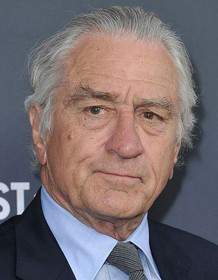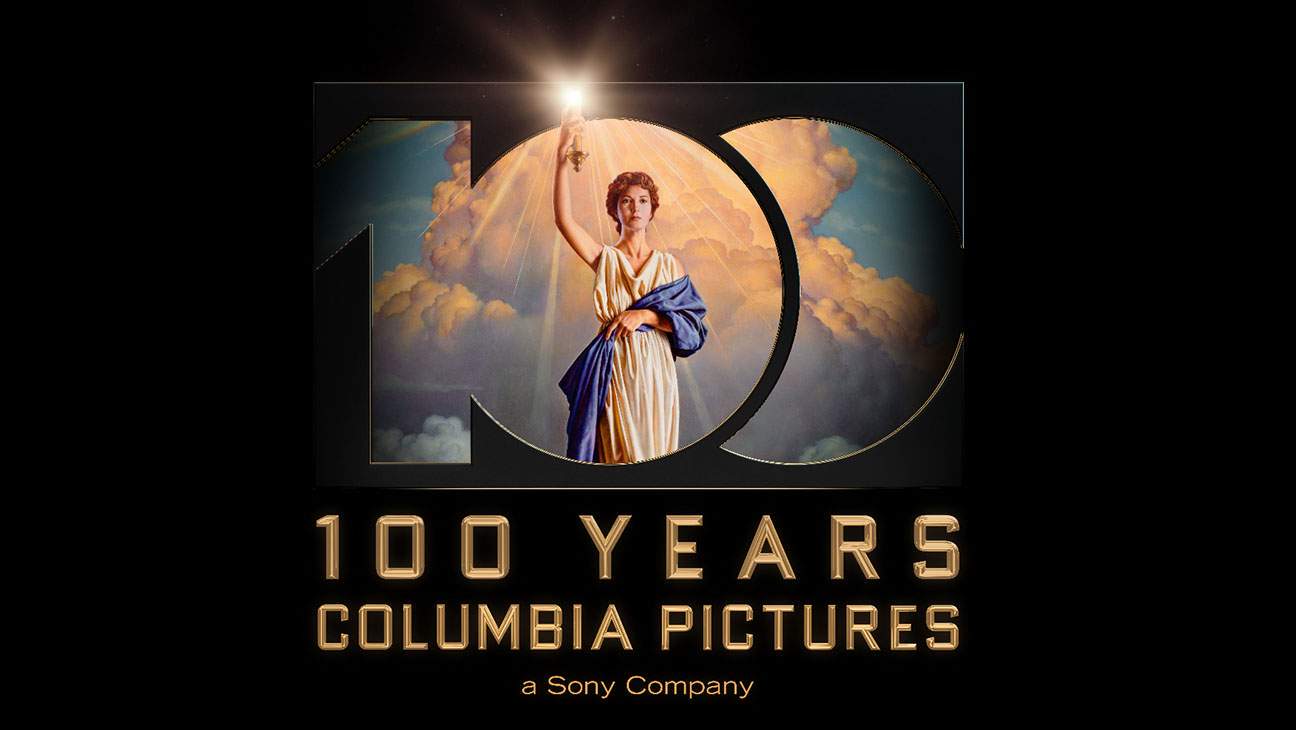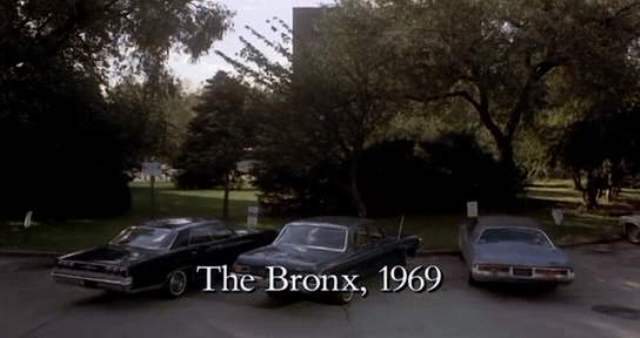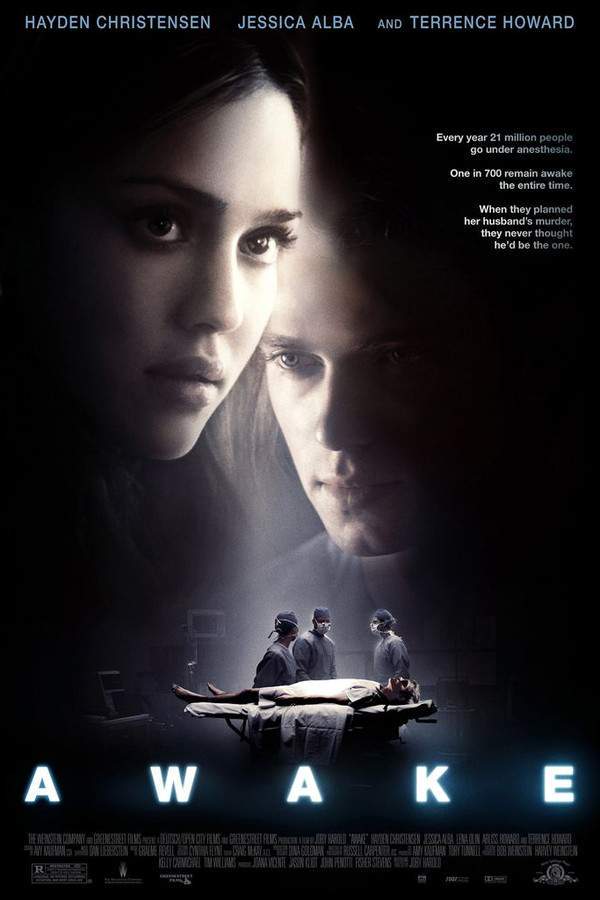Awakenings 1990

A dedicated researcher administers an experimental treatment to a catatonic patient, unexpectedly awakening him from decades of paralysis. As Dr. Malcolm Sayer witnesses the remarkable effects of his work on Leonard, he also experiences a personal awakening, rediscovering his own passions and finding joy in their shared connection. The story explores the profound impact of human connection and the enduring power of hope in the face of adversity, based on a true story.
Does Awakenings have end credit scenes?
No!
Awakenings does not have end credit scenes. You can leave when the credits roll.
Meet the Full Cast and Actors of Awakenings
Explore the complete cast of Awakenings, including both lead and supporting actors. Learn who plays each character, discover their past roles and achievements, and find out what makes this ensemble cast stand out in the world of film and television.
External Links and Streaming Options
Discover where to watch Awakenings online, including streaming platforms, rental options, and official sources. Compare reviews, ratings, and in-depth movie information across sites like IMDb, TMDb, Wikipedia or Rotten Tomatoes.
Ratings and Reviews for Awakenings
See how Awakenings is rated across major platforms like IMDb, Metacritic, and TMDb. Compare audience scores and critic reviews to understand where Awakenings stands among top-rated movies in its genre.

74
Metascore
8.2
User Score


81%
TOMATOMETER

89%
User Score

78
%
User Score
Take the Ultimate Awakenings Movie Quiz
Challenge your knowledge of Awakenings with this fun and interactive movie quiz. Test yourself on key plot points, iconic characters, hidden details, and memorable moments to see how well you really know the film.
Awakenings Quiz: Test your knowledge on the emotions and science in the movie Awakenings.
Who plays Dr. Malcolm Sayer?
Robin Williams
Robert De Niro
Jack Nicholson
Al Pacino
Show hint
Awards & Nominations for Awakenings
Discover all the awards and nominations received by Awakenings, from Oscars to film festival honors. Learn how Awakenings and its cast and crew have been recognized by critics and the industry alike.
63rd Academy Awards 1991

Best Picture
48th Golden Globe Awards 1991
Full Plot Summary and Ending Explained for Awakenings
Read the complete plot summary of Awakenings, including all major events, twists, and the full ending explained in detail. Explore key characters, themes, hidden meanings, and everything you need to understand the story from beginning to end.
In the oppressive heat of summer 1969, Dr. Malcolm Sayer, portrayed by Robert De Niro, dedicates himself to caring for patients at a lively hospital located in the Bronx, New York City. Immersed in a world where urban life resonates with a unique energy, Sayer delves into the complex enigma of encephalitis lethargica, diligently researching its effects on his catatonic patients. His deep-rooted efforts lead him to an important realization: by utilizing specific stimuli—such as the gentle roll of a ball, comforting melodies, and the simple act of speaking a patient’s name—he can gently awaken these seemingly unreachable individuals from their silent prisons.
Among these patients is Leonard Lowe, a young man who appears completely unresponsive to the outside world. However, he harbors a remarkable ability to connect with Sayer using an Ouija board. This breakthrough ignites a spark of optimism in Sayer, who becomes increasingly convinced that the groundbreaking drug L-DOPA, effective in treating Parkinson’s disease, might just hold the secret to reviving his patients’ dormant minds.
Eager to test this theory, Sayer initiates a trial with Leonard, whose remarkable transformation astounds everyone around him. As L-DOPA begins to work its magic, Leonard awakens to a vibrant world filled with sounds, sights, and emotions. This incredible progress inspires Sayer to seek generous funding to extend this promising treatment to all his patients who could benefit from it.
As Leonard navigates his new reality, he finds himself irresistibly attracted to Paula, the daughter of another patient. Their burgeoning love is laced with challenges, as Leonard grapples with reconciling his renewed sense of identity amidst the confinements of hospital life. His yearning for independence eventually leads him to confront Sayer and the hospital’s officials, igniting a rebellion that echoes far beyond the hospital walls.
Yet, as Leonard’s emotional and mental landscape transforms, so does his physical state. He begins exhibiting troubling symptoms like facial tics and uncontrolled spasms, which serve as stark reminders of the fragility of his condition. Dr. Sayer, continually attentive, remains troubled by these developments, fully aware that the newfound freedom enjoyed by Leonard may be undercut by the harsh realities of his health complications.
As time progresses and the initial joy surrounding L-DOPA begins to fade, Sayer and the hospital staff must face a heartbreaking truth: the effects of this revolutionary treatment, though initially promising, are tragically transient. Leonard, who seems to take hesitant steps toward normalcy, soon finds the harsh grip of catatonia tightening once more. His spasms and disability intensify, leaving him in excruciating pain and urging Sayer to chronicle his struggles, hoping that his suffering can lead to future breakthroughs for others like him.
In a deeply emotional farewell, Leonard bids a heartfelt goodbye to Paula during a touching lunch. He confesses that their time together is drawing to a close. Yet, during a fleeting moment of shared joy as Paula dances with him, Leonard’s spasms lessen, allowing them to relish a brief but poignant connection. However, that fragile joy is soon replaced by the harsh reality of Leonard’s return to catatonia.
As Leonard and his fellow patients face their inevitable relapses—despite any dosage adjustments—they become mere shadows of their former selves. During a solemn meeting with the hospital’s benefactors, Sayer reveals the bittersweet truth: while the initial awakenings may have slipped away, a deeper understanding of life has taken root in the hearts of both patients and the medical staff.
This journey of realization profoundly impacts Sayer, too. With newfound confidence, he bravely asks Nurse Eleanor Costello out for coffee—an act of courage that not long ago would have felt impossible. The atmosphere within the hospital shifts, becoming more nurturing; Leonard’s moments with Paula shine like beacons amidst the darkness.
As both Sayer and Leonard continue to communicate through the Ouija board, their bond grows stronger, transcending the confines of time and mortality. Amidst the burdens they carry, they discover solace in their companionship, their spirits buoyed by the flickering hope that continues to persist in their hearts.
Uncover the Details: Timeline, Characters, Themes, and Beyond!

Coming soon on iOS and Android
The Plot Explained Mobile App
From blockbusters to hidden gems — dive into movie stories anytime, anywhere. Save your favorites, discover plots faster, and never miss a twist again.
Sign up to be the first to know when we launch. Your email stays private — always.
Watch Trailers, Clips & Behind-the-Scenes for Awakenings
Watch official trailers, exclusive clips, cast interviews, and behind-the-scenes footage from Awakenings. Dive deeper into the making of the film, its standout moments, and key production insights.
Cars Featured in Awakenings
Explore all cars featured in Awakenings, including their makes, models, scenes they appear in, and their significance to the plot. A must-read for car enthusiasts and movie buffs alike.
Awakenings Themes and Keywords
Discover the central themes, ideas, and keywords that define the movie’s story, tone, and message. Analyze the film’s deeper meanings, genre influences, and recurring concepts.
Awakenings Other Names and Titles
Explore the various alternative titles, translations, and other names used for Awakenings across different regions and languages. Understand how the film is marketed and recognized worldwide.
Similar Movies To Awakenings You Should Know About
Browse a curated list of movies similar in genre, tone, characters, or story structure. Discover new titles like the one you're watching, perfect for fans of related plots, vibes, or cinematic styles.
Quick Links: Summary, Cast, Ratings, More

What's After the Movie?
Not sure whether to stay after the credits? Find out!
Explore Our Movie Platform
New Movie Releases (2025)
Famous Movie Actors
Top Film Production Studios
Movie Plot Summaries & Endings
Major Movie Awards & Winners
Best Concert Films & Music Documentaries
Movie Collections and Curated Lists
© 2025 What's After the Movie. All rights reserved.











































